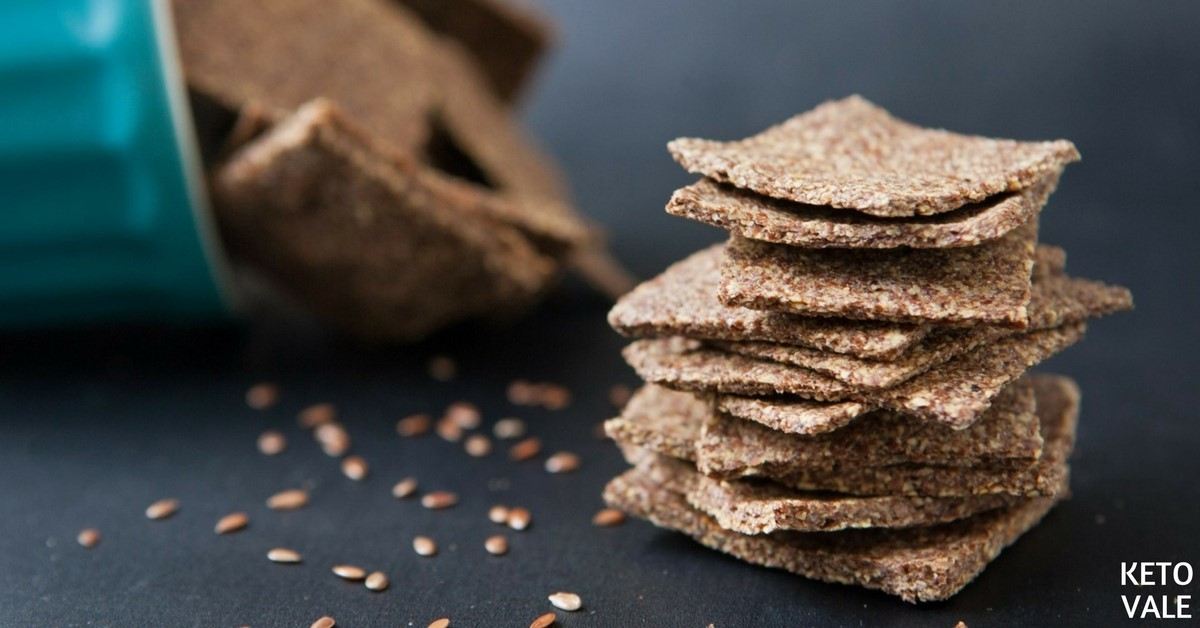

Results to follow! Posted on Categories Flax Leave a comment on Flax: Troubleshooting Flax: Germination SpeculationĪs my flax continues to grow, the bald spots that I originally noticed after germination have been looking even more profound.

If the plants react well to the spray, then I will know that it was, in fact, likely a nitrogen deficiency and I can begin working out a fertilizing plan to make sure that the flax continues to grow at a healthy pace. Foliar sprays tend to be pretty fast acting, so hopefully I will see some results within the next couple of days. I was able to spray the whole bed two times over with the liquid kelp. In order to fertilize my 5’x10′ bed, I applied 4 tbs of kelp meal to a gallon of water and loaded it into the backpack sprayer. It also contains growth hormones such as auxins and cytokinins that can help counter the stunted growth that occurs after a nutrient deficiency. Kelp meal is made from seaweed which contains N, P, and K nutrients. The yellowing at the base of the plant indicates that it is probably either nitrogen or sulphur, so, kelp spray seemed to be the easiest solution.

#Flax time calc Patch
This particular patch of the flax is growing perfectly, which leads me to think that maybe there was perhaps a compost clump there that allowed the plant to receive more nutrients than the others.Īfter further discussion with Dave, I set about applying a foliar spray to the leaves in order to get an idea of whether or not the yellowing is truly due to nutrient deficiency.
#Flax time calc how to
So, I set about seeing how to ensure that my crops are as healthy as possible with some help from the wonderful Organic Farm staff. But, things happen and unexpected weather can definitely have an unforeseen impact on even the most predictable of crops. All of my sources have stated that flax is a light feed and usually does not require watering after germinating. Either of these potential issues are a not what I expected to encounter with flax given the information I had been reading about it. This led him to believe that it could perhaps be a nutrient deficiency instead. A clear picture of the yellowed base of the flax.Īfter watering, I consulted with Dave about the health of the plants and he pointed out that they are not flopping over in the way that under-watered plants do. With the hot weather we’ve been having, it’s not super surprising that they would be needing some extra help in regards to water. Today while going to check on my flax, I noticed that a good portion of the crop was yellowing at the base and some even looked a bit burned. Spinning & Weaving: August 24 – 27 Posted on JJCategories Flax Leave a comment on Flax: Next Steps Flax: Fertilization Results But, if everything goes well I think I can orchestrate it to where it works out perfectly. I think it is going to be a little bit tricky to get the timing right in order to be able to complete the process in time for the end of summer quarter.

Curing – drying after retting for a few weeks.Retting – separating the xylem and phloem of the plant by breaking down the pectins through prolonged exposure to moisture.Threshing – removing all seeds from stalks by crushing the seed pods.Allowed to dry in open air for a few weeks.Best to pull flax up by the root – increases fiber length and prevents sap from leaking out of the cut stalk.Harvest when stem starts to yellow and seeds turn brown.The weather is warming and my flax crop is beginning to take off! So, I’ve spent quite a lot of time this week looking into the next steps of fiber processing so that I can try and be as prepared as possible when I begin the harvest in about a month and a half.


 0 kommentar(er)
0 kommentar(er)
